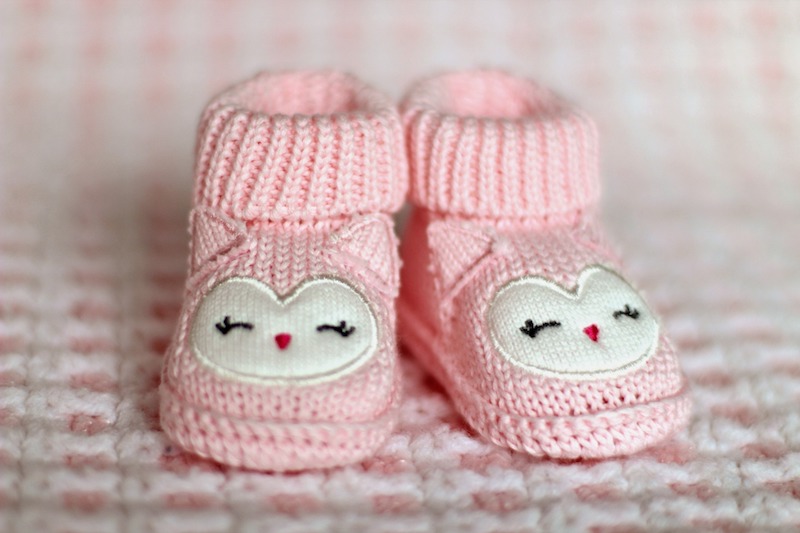
Apparent practice of gender selection among Indian-born immigrants continues despite time spent in Canada, study finds
The skewed ratio of male to female babies born to women immigrants from India does not correct itself the longer the women live in Canada, a new study led by a University of Manitoba scientist has found.
This is contrary to what the researchers expected, said Dr. Marcelo Urquia, who led the study that will be published in the Journal of Obstetrics and Gynaecology Canada.
“Most health research finds that differences between immigrants and non-immigrants decrease the longer the immigrants live in their new country,” says Urquia, a research scientist and assistant professor at the U of M’s Manitoba Centre for Health Policy in the Rady Faculty of Health Sciences, and affiliate scientist at the Centre for Urban Health Solutions of St. Michael’s Hospital in Toronto.
“We expected that with longer exposure to Canada’s environment of greater gender equality, immigrants from India would progressively shift toward valuing daughters and sons more equally,” Urquia said. “But our study suggests that the preference for sons remains unaffected.”
The practice of sex or gender selection, often through abortion, is known to occur in India. This study shows that it persists in Canada and is not declining as immigrant families become more established here. The skewed number of sons being born is particularly pronounced among women of Punjabi background.
The findings build on previous research by Urquia and his team. They reported last year that more male babies than expected were being born to Indian-born women living in Canada. Canadian-born women living in Canada give birth to about 105 boys for every 100 girls, consistent with the natural worldwide ratio.
In one 2016 study, Urquia’s team showed that Indian-born women who already had two daughters gave birth to 196 boys in Ontario for every 100 girls. The sex ratio increased significantly if the mothers had one abortion prior to the third birth, had more than one abortion, and if they had an abortion after 14 weeks gestation, when the sex of the fetus can accurately be determined by an ultrasound.
In another 2016 study, Urquia found that the deficit of baby girls among Indian immigrants was equally evident across all Canadian provinces in the last two decades.
For the new study, Urquia investigated whether prenatal sex selection declined with time spent in Canada, and whether that happened equally across the most prevalent Indian immigrant subgroups, such as Punjabi- and Hindi-speaking women.
He looked at records of more than 46,000 live births to Indian-born women who immigrated to Ontario between 1985 and 2012 and gave birth in Canada between 1993 and 2014. He used data housed by the Institute for Clinical Evaluative Sciences in Ontario, the Immigration, Refugees and Citizenship Canada permanent resident database and the Canadian Institute for Health Information’s Discharge Abstracts Database.
In the new study, he reports that among all Indian-born women with two previous daughters, elevated male-to-female ratios were particularly evident among women whose mother tongue was Punjabi. At their third birth in Ontario, they had 240 boys for every 100 girls.
Still looking at women who already had two daughters, the researchers found that Ontario women whose mother tongue was Punjabi gave birth to 213 boys for every 100 girls if they had lived in Canada for less than 10 years and 270 boys for every 100 girls if they had lived in Canada for more than 10 years – a trend opposite to what the researchers expected.
Indian-born women with two daughters whose mother tongue was Hindi gave birth to 163 boys for every 100 girls overall; 130 boys if they had lived in Canada less than 10 years and 217 boys if they had lived in Canada more than 10 years.
While this study did not look specifically at what is causing the gender imbalance, Urquia said the findings suggest it will not be corrected without interventions that include community involvement and education.
Research at the University of Manitoba is partially supported by funding from the Government of Canada Research Support Fund.






